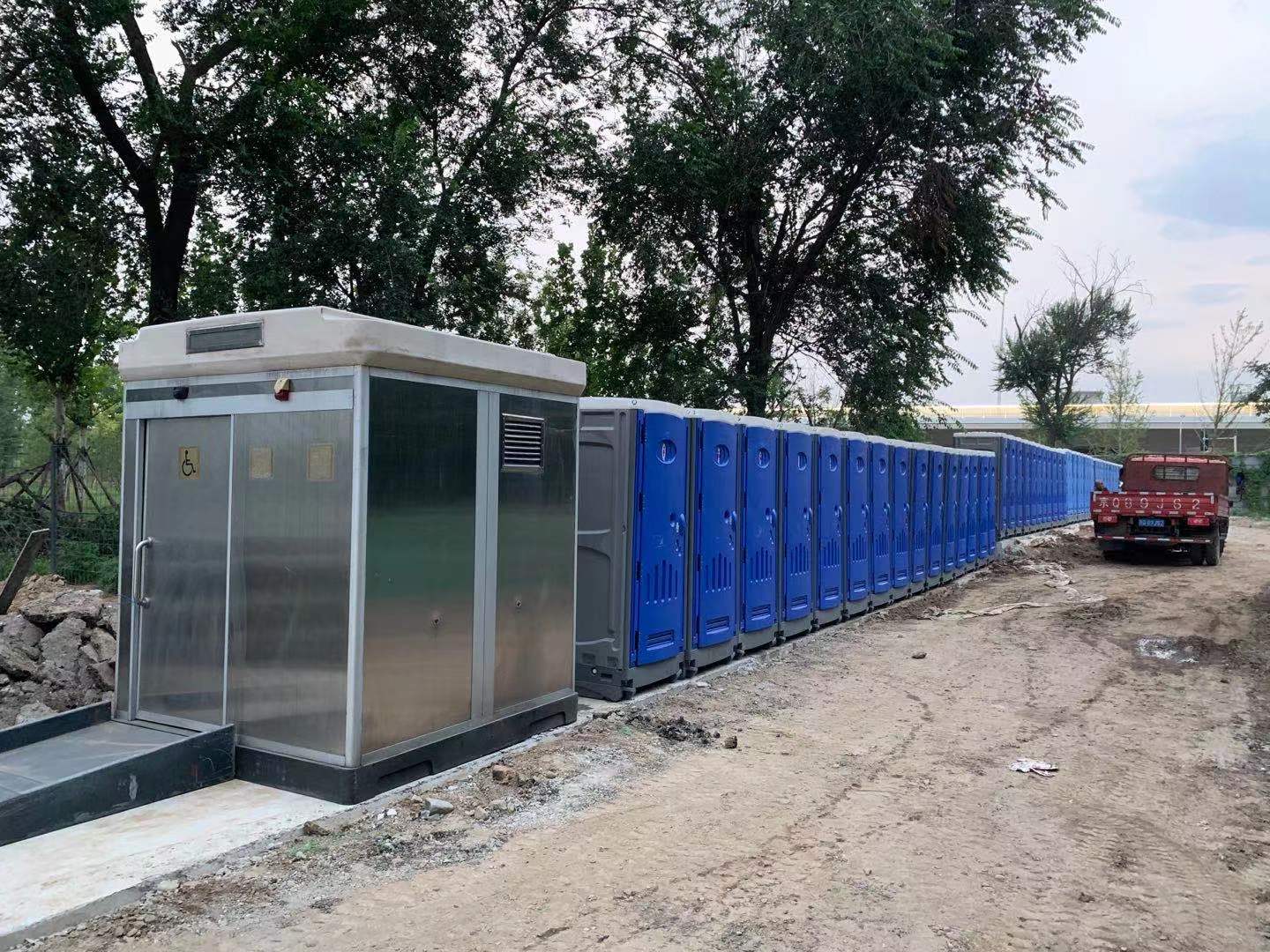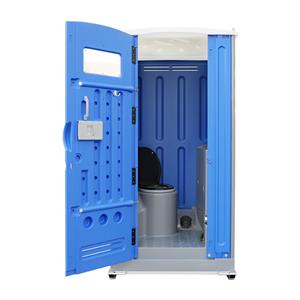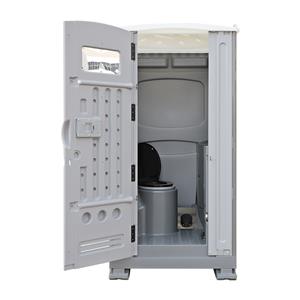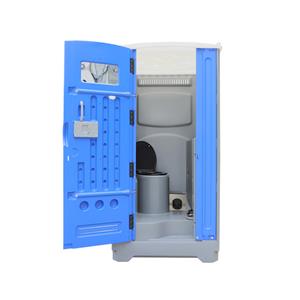Your Event's Achilles' Heel: A No-Nonsense Guide to Portable Toilets
You can bleed for an event. You can spend months negotiating with vendors, designing the perfect layout, and curating an experience that should be legendary. But if your sanitation fails, none of that matters. The restrooms are the silent, unglamorous gear that makes the entire machine work. When that gear grinds to a halt, it brings the whole show down with it. It becomes your event's Achilles' heel.
Forget the sanitized, corporate-speak guides. This is a briefing from the field. We're going to talk about what actually works, what will save your reputation, and why the physical construction of a plastic box should be one of your top-tier concerns. This is about more than just renting a portable toilet; it's about deploying a critical piece of infrastructure with the precision it demands.

The Cold Hard Math: Why the Old Rules Are Wrong
The classic "one toilet per 100 guests" rule is dangerously outdated. It’s a recipe for long lines and angry attendees. A professional plans for reality, not for a tidy formula. Here are the real-world variables you must master.
The Alcohol Modifier: This is the great accelerator. Serving alcohol fundamentally changes restroom usage patterns. It’s a simple input/output problem, and you need to account for the increased output. Rule of Thumb: For every five standard units your baseline calculation calls for, add at least one more if alcohol is on the menu. This isn't a suggestion; it's your safety net.
The Time-Decay Factor: A mobile toilet is a depreciating asset. Its holding tank is finite, and its level of cleanliness degrades with every use. An event that lasts longer than four hours requires a service plan. A mid-event service call—a "pump and refresh"—is the secret weapon that keeps your facilities functional from start to finish. For a multi-day festival, daily (or even twice-daily) servicing isn't an upgrade; it's a mandatory operational cost. Budget for it.
Choosing Your Arsenal: The Workhorse vs. The Ambassador
The unit you choose makes an instant statement about the caliber of your event.
The Workhorse (Standard Unit): For festivals, concerts, and public fairs, the standard unit is your frontline soldier. It needs to be tough, reliable, and easy to clean. But even here, quality is not a given. Look for units that are well-ventilated and structurally sound, not flimsy boxes that feel like they'll tip in a stiff breeze.
The Ambassador (Luxury Trailer): For a wedding, a corporate gala, or a VIP enclosure, a standard unit is an insult. Here, you deploy the luxury restroom trailer. This isn't sanitation; it's an amenity. With flushing toilets, running water, climate control, and vanity lighting, these trailers telegraph respect. They tell your most important guests that their comfort was a priority, not an afterthought.
The Unbreakable Rule: Where Reputations Are Made or Shattered
We need to talk about accessibility. Getting this wrong is not just an oversight; it's a professional and ethical failure. A sign on a big door does not make a unit accessible. A truly safe and functional handicap portable restroom is a feat of specific, intentional engineering.
This is where you, as a planner, must become an expert on what you're renting. A compliant wheelchair portable toilet must have three non-negotiable features: a zero-threshold floor for roll-in access, a spacious interior for a full 360° turn, and reinforced grab bars that can support an adult’s full body weight.
That last point is where the manufacturer’s expertise becomes your greatest asset or your greatest liability. A grab bar is only as strong as the wall it’s bolted to. This is why a company like Xiamen Toppla Material Technology is obsessive about their manufacturing process. Let's talk engineering for a second.
Many portable toilets are assembled from separate, thin panels bolted together. At every seam, there is a weak point. Toppla uses rotational molding, a process that creates the entire shell of the toilet as one single, continuous, unibody piece. Think of the difference between a car frame that's welded from dozens of pieces versus a solid, unibody frame. The unibody is exponentially stronger and more rigid.
When a person relies on that grab bar for their safety and stability, that bar must not fail. By anchoring it to a rotationally molded unibody frame, the structural integrity is vastly superior. Furthermore, Toppla uses premium HDPE (High-Density Polyethylene), a non-porous material. This means it doesn't absorb odors—it doesn't hold the ghosts of events past. It can be sanitized to a higher, more dignified standard.
Your Action Item: Before you sign a contract, ask your sanitation provider these two questions:
1."Are your accessible units rotationally molded for unibody strength?"
2."Are they made from non-porous HDPE?"
If they can't answer, find a provider who can. Your guests' safety depends on it.
Battlefield Tactics: The Art of Placement
Where you put the units matters. Think like a military strategist.
Disperse Your Forces: Don't create one giant "latrine city." This is a recipe for congestion. Create smaller, clearly marked sanitation pods throughout your event site.
Chart Your Supply Lines: The service truck needs a clear, wide, and solid path to access the units. Plan this service route before you plan anything else.
Respect the Wind and Terrain: Always try to place units downwind from your main gathering areas and food vendors. And never place them at the bottom of a slope or on soft, uneven ground. Find level, stable, and dry land.
The Bottom Line: It’s Not About Toilets, It’s About Your Reputation
In the final accounting of your event, your sanitation is not just a line item. It's a verdict. It is the quietest, yet most honest, review you will ever receive. It communicates your competence, your foresight, and your respect for the very people you invited. By mastering this critical, unsung element of your event, you aren't just preventing a disaster; you are laying the foundation for true success.




